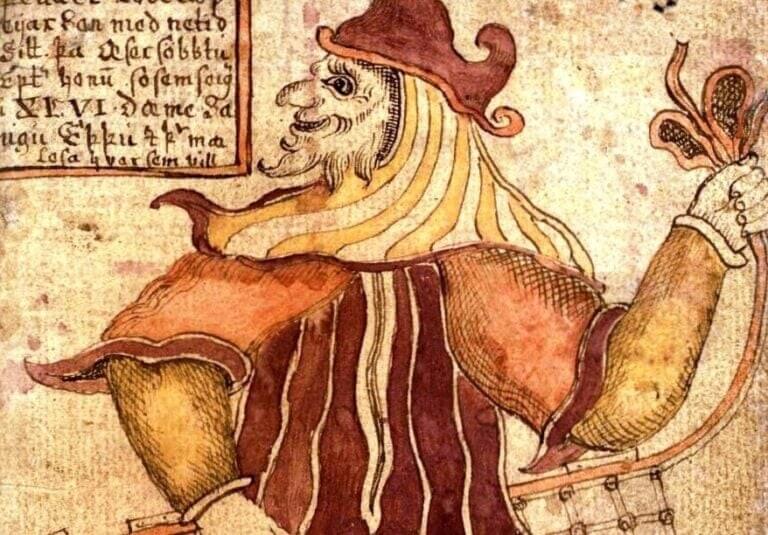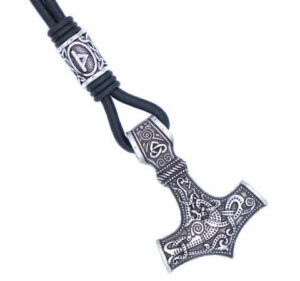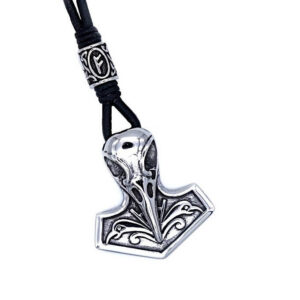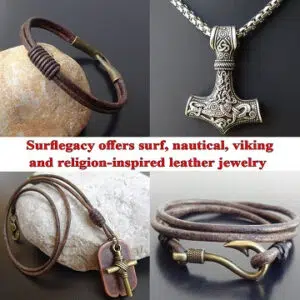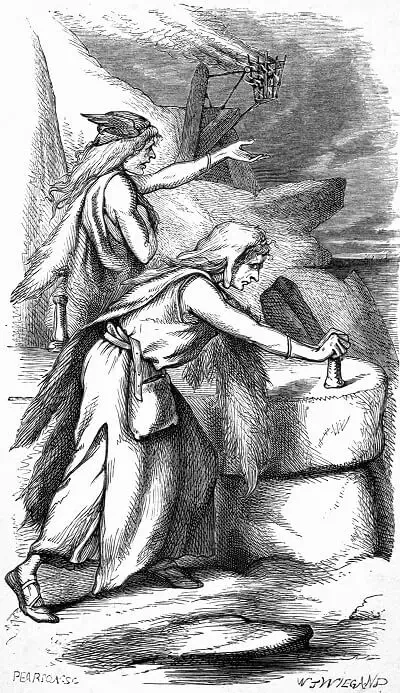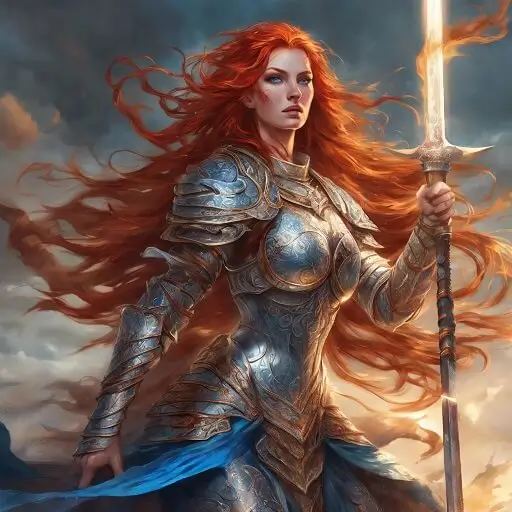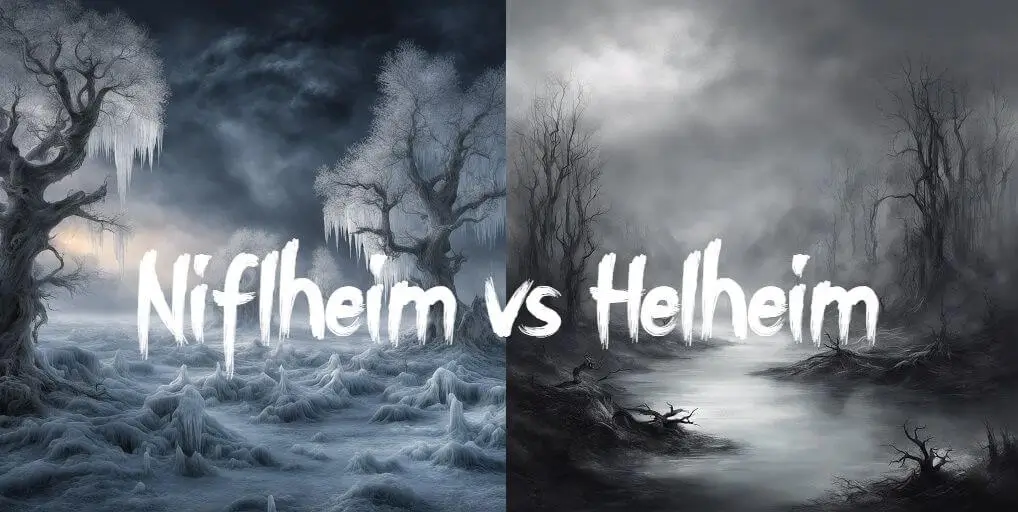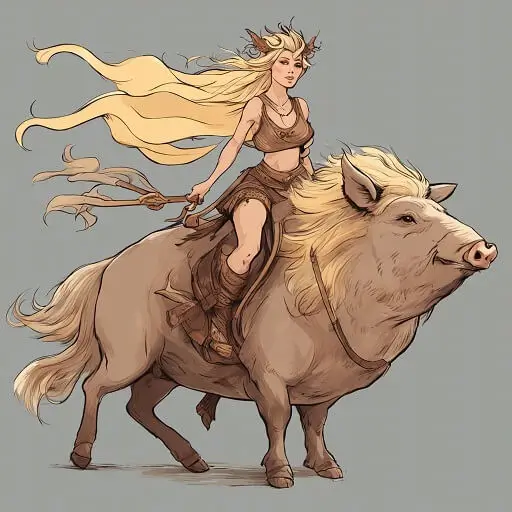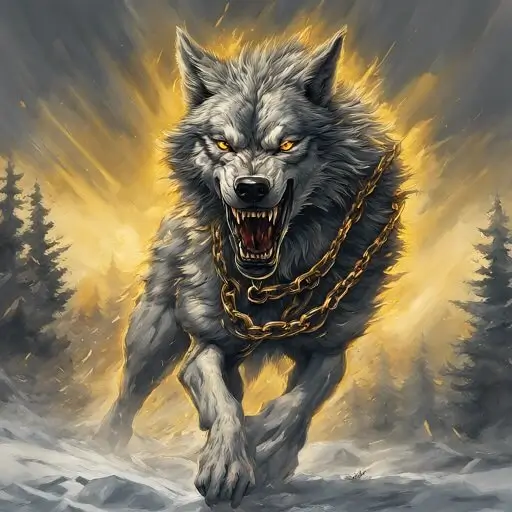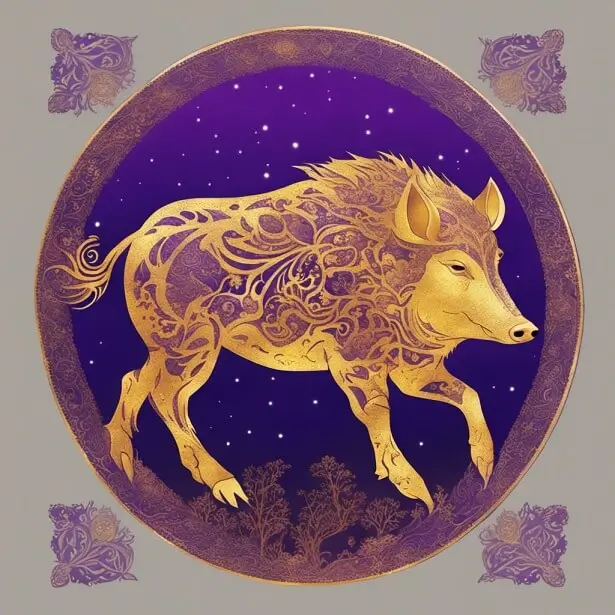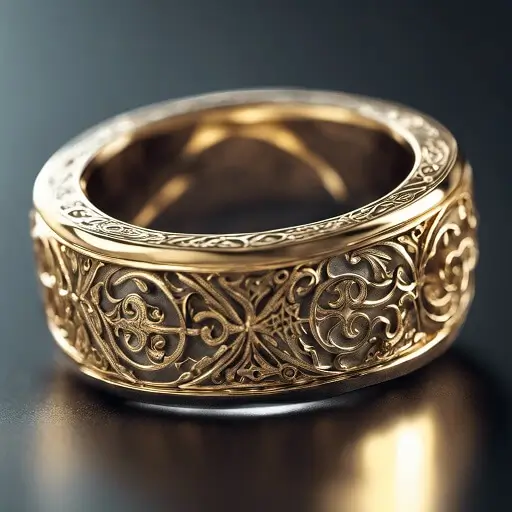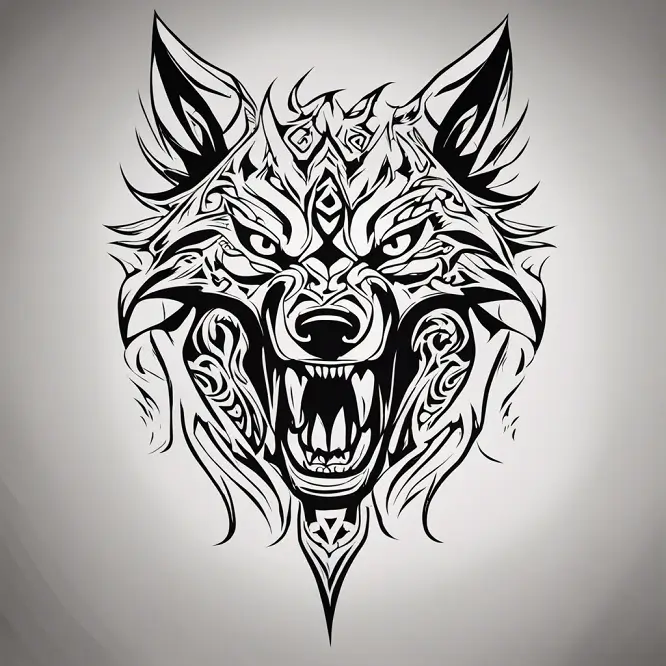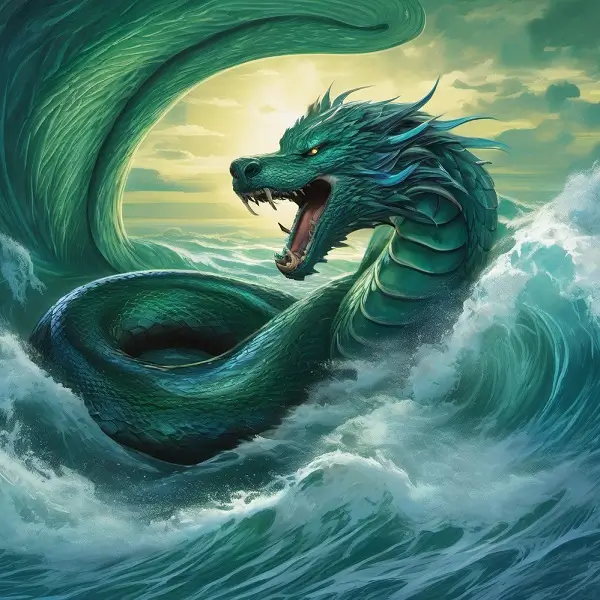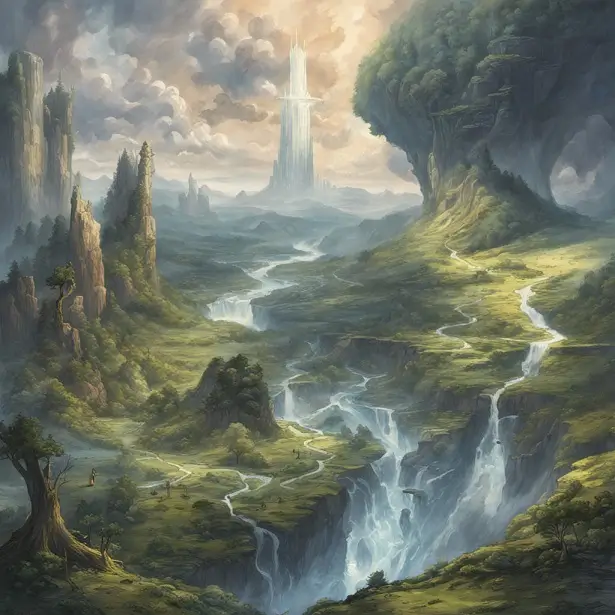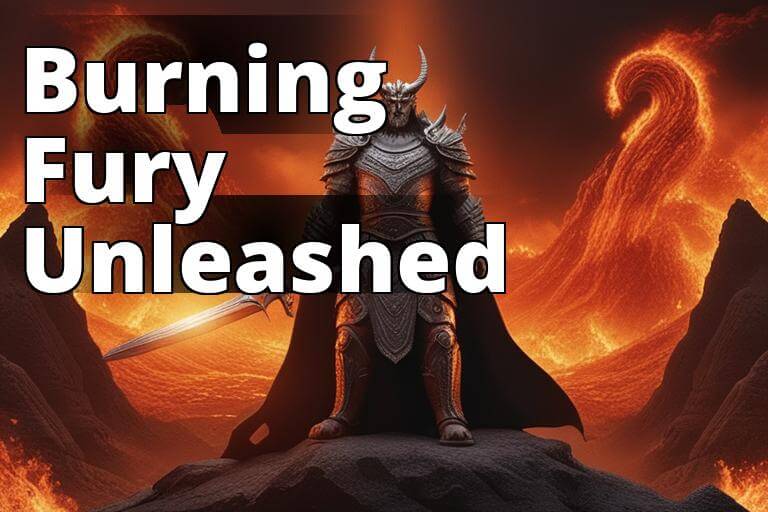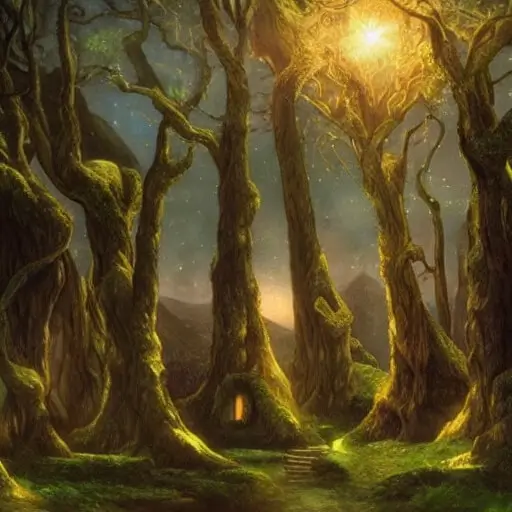Norse Mythology is a fascinating topic that has captivated the minds of many for centuries. From Odin to Thor, these tales have been retold and reimagined in countless ways throughout history.
But if you think you know everything there is to know about Norse mythology, think again! In this article, we dive into 10 facts that may surprise even the most knowledgeable of Norse mythology fans.
Introduction to Norse Mythology
Norse mythology is a fascinating and unique collection of stories, characters, and beliefs. While many people are familiar with the major Norse gods like Odin and Thor, there is much more to Norse mythology than just these well-known figures.
In fact, there are many fascinating facts about Norse mythology that you may not have heard before.
For example, did you know that the world of Norse mythology is actually divided into nine different realms? Or that one of the most important objects in Norse mythology is a magical hammer called Mjolnir ?
If you’re interested in learning more about Norse mythology, keep reading. This article will introduce you to some of the basic concepts of Norse mythology and provide you with some fascinating facts that you may not have known before.
1. The gods and goddesses of Norse Mythology had many different abilities
One of the most interesting things about Norse mythology is the abilities of the gods and goddesses. Asgard was ruled by the all-powerful Odin, who had the power of wisdom, healing, and the ability to understand the power of the runes.
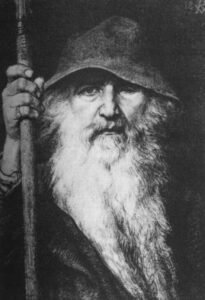
Odin
Thor, on the other hand, was the god of thunder and strength, and his hammer Mjölnir was thought to contain the power of lightning and storms.
Other gods and goddesses had more specific powers, from controlling the seas to having the power of invisibility.
The most powerful of the gods was Odin, the chief of all the gods of Asgard. He was the god of war, wisdom, and death, and was also known for his knowledge of the runes and magical powers.
He created the first humans, and was the father of Thor, one of the most powerful gods in Norse mythology.
Thor was the god of thunder, and had the power to control storms and weather. He was also a great warrior, and often fought against giants and monsters. His weapon was the mighty hammer, Mjolnir, which was said to be able to level mountains.
Freya was the goddess of love and beauty, and was known for her beauty and sensuality. She was also associated with magic and the power of seidr, a form of shamanism.
Frey, the twin brother of Freya, was the god of fertility and prosperity. He was also very brave, and was said to be able to control the winds and sail across the oceans.
Loki was the trickster god, and was known for his cunning and mischievousness. He was also associated with fire and was said to be able to shape-shift into different forms.
Tyr was the god of justice and law, and was very brave and noble. He was also known for sacrificing his right hand to a giant wolf in order to bind it and protect Asgard.
Heimdall was the guardian of Bifröst, the rainbow bridge between Asgard and Midgard (the Earth). He had the power to see and hear everything, and was also said to have a horn that could be heard across the nine worlds.
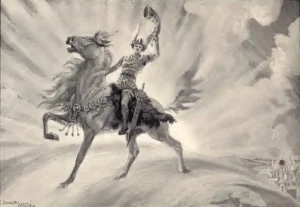
Heimdall
Finally, Odin had two ravens, Huginn and Muninn, who flew all over the world and reported back to him. Odin was known for his wisdom, and the ravens were said to bring back knowledge and understanding.
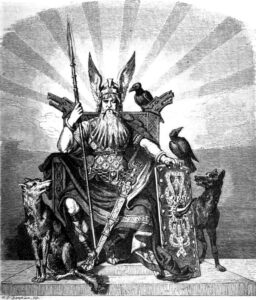
Odin with Huginn and Muninn
2. Norse Mythology includes a great number of mythical creatures, from giants and dwarves to dragons and sea monsters
Norse mythology is full of mythical creatures, from giants and dwarves to dragons and sea monsters. The Jötnar, or giants, were a race of frost giants, who were often at odds with the Aesir gods.
Dwarves were skilled craftsmen, and were often seen as the protectors of nature. Dragons were also believed to be guardians of hidden treasures.
Sea monsters were a part of the mythology, as well, such as Jörmungandr, the Midgard Serpent, who was said to encircle the earth and bring destruction at Ragnarok.
These creatures were all a part of the Norse universe, and are still fascinating today.
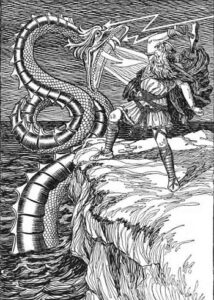
Jörmungandr fithing Thor
3. Norse gods often had multiple children, some of whom were among the most powerful gods and goddesses in the pantheon
Norse mythology is filled with fascinating family dynamics, with gods and goddesses often having multiple children. Some of the most powerful gods and goddesses in the pantheon were actually the children of other gods.
For example, Thor, the son of Odin, was the most powerful of the Norse gods. His hammer, Mjölnir, was said to be able to level mountains. He was also the god of thunder, and his chariot was pulled by two goats.
Thor was famously accompanied by his brother, Baldur, who was the god of light and joy. Freya was another powerful goddess in Norse mythology and the daughter of the sea god Njord. She was a goddess of beauty and fertility and was known for her fierce nature and her love of battle.
4. Norse mythology includes a wide variety of gods and goddesses, and each had their own area of expertise or power
Norse mythology is full of gods and goddesses, each with their own areas of expertise or power. Some of these deities are known for their strength and courage, like the god Thor.
Others are known for their wisdom, like the goddess Frigg. Odin is the ruler of Asgard and is known for his knowledge and his power over battle and death.
Freya is the goddess of love, beauty, and fertility. Loki is a trickster god, often causing chaos and mayhem.
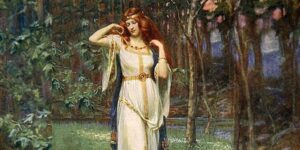
Goddess Freya
Each of these gods and goddesses has their own unique abilities, making Norse mythology a complex and interesting world to explore.
5. Norse Mythology includes a number of stories of great battles between gods, giants, and other creatures
Norse mythology is full of stories of gods, giants, and other creatures locked in epic battles. Perhaps the most famous of these is the Norse version of the end of the world, Ragnarök.
This lengthy conflict involves many of the gods, giants, and creatures of Norse mythology, with the gods ultimately emerging victorious.
Another famous battle is the fight between Thor and the giant king Hrungnir, in which Thor defeats the giant using his famous hammer Mjölnir.
In addition, the god Odin has a number of stories of battles in which he uses his wisdom and cunning to emerge victorious. Norse mythology certainly contains some exciting stories of great battles!
6. Norse Mythology is believed to have heavily influenced the development of modern-day literature and art
Norse mythology has been a source of inspiration and fascination for many over centuries. While the mythology itself is believed to have originated in Northern Europe before the Viking Age, its influence is still seen in many aspects of modern culture.
One of the most notable influences of Norse mythology is on the development of modern-day literature and art. From J.R.R Tolkien’s iconic works of Middle-Earth to Marvel’s Thor and Loki, Norse mythology has served as a source of inspiration for many of the works we see today.
Even the iconic superhero Batman was influenced by the Norse gods, with the character’s origin story being heavily based on the Norse tale of Odin and his sons.
7. The three Norns, Urd, Verdandi, and Skuld, were powerful goddesses of fate
According to Norse mythology, the three Norns were responsible for the destiny of all living creatures.
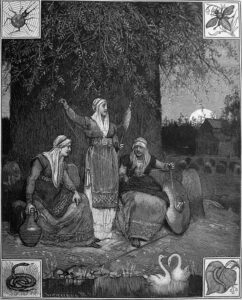
The Norns weaving the tapestry of fate
Urd was responsible for weaving the web of fate and the events of the past, Verdandi was responsible for the present, and Skuld was in charge of the future.
The three Norns were incredibly powerful and their influence was felt throughout the Nine Worlds.
They were responsible for guiding the fates of all living creatures and ensuring the balance of the universe. They resided at the base of Yggdrasil, the World Tree – a giant, cosmic ash tree which connected the nine realms of the cosmos.
The Norns were powerful goddesses who had the ability to shape the destiny of all beings, as well as of the entire universe itself.
It was believed that they wove the threads of fate from the Well of Urd at the base of the tree and dispensed justice and judgment to all.
They were often consulted by gods and humans alike for advice on matters concerning life and death.
8. Norse Mythology is a source of inspiration for a variety of modern-day films, TV shows, books, and video games
Number 8 on our list of 10 fascinating facts about Norse mythology you may not have heard before is how Norse mythology has served as a source of inspiration for a variety of modern-day films, TV shows, books, and video games.
From Thor, Loki, and Odin as Marvel superheroes to the popular Norse-based video game franchises God of War and Assassin’s Creed, Norse mythology has become a popular source of inspiration in today’s entertainment industry.
Even iconic video game characters such as Mario have been inspired by Norse mythology, with the character design of Mario based on Thor and Link’s tunic based on a Viking shield. Norse mythology is an incredible source of inspiration, and its popularity is only growing.
9. In Norse Mythology, the days of the week were named after powerful gods and goddesses
In Norse mythology, the days of the week were named after powerful gods and goddesses. This is a tradition that has been practiced for centuries, and has been adopted and adapted by many cultures all over the world.
Each day of the week is associated with a specific deity of Norse mythology, offering a unique insight into the beliefs and values of Viking culture.
- Sunday is named after Sol, the Norse goddess of the Sun
Sunday is the first day of the week, and its name is derived from the Norse goddess Sol. Sol was the goddess of the sun, and as such, Sunday was meant to be a day of rest and worship for the Norse people.
Sunday was also the day when the Norse would celebrate the beginning of a new week and give thanks to the gods for the blessings bestowed upon them.
This tradition of resting and worshiping on the day of the sun goddess has been carried on in many cultures around the world. Sunday continues to be a day for rest and worship for many people, though it is no longer associated with the Norse gods.
- Monday is named after Mani, the Norse god of the Moon
Monday marks the start of a new week, and it is named after Mani, the Norse god of the Moon. According to Norse mythology, Mani was the son of Mundilfari, and his chariot was drawn by two horses, Árvakr and Alsviðr, who were the children of the giant Hrímgrímnir.
Mani was believed to travel across the night sky, and his shining moon was admired by all. Mani was also responsible for controlling the tides and regulating the cycle of the moon.
The name ‘Monday’ is derived from the Old English word Monandæg, which means ‘Moon’s day’.
- Tuesday is named after Tyr, the god of Law and War
Tuesday is the third day of the week and is named after the Norse god Tyr. He is the god of law and war, and is often portrayed with a single hand, due to sacrificing the other to the wolf Fenrir.
His name is sometimes Anglicized as Tiw, but the origin of his name is uncertain.
In Old English, the day was known as Tiwesdæg, which translates literally to “Tiw’s day.”
He is also sometimes associated with Mars in Roman mythology, and this is reflected in the Spanish name for Tuesday, martes.
Tuesday is a reminder of the importance of order, discipline and justice.
- Wednesday is named after Odin, the ruler of the gods
Wednesday is named after Odin, the ruler of the gods in Norse mythology. He was the god of wisdom, poetry, and war.
He was a complex figure and was both revered and feared by the people of the time. Wednesday was named in honor of him and his power.
Odin was said to have the power to shape-shift and was often seen as a one-eyed figure. Wednesday is a reminder of his presence and power in Norse mythology.
- Thursday is named after Thor, the god of thunder and storms
Thursday, the fifth day of the week, is named after Thor, the god of thunder and storms in Norse mythology. Thor was a powerful warrior and the son of Odin, the chief god of Norse pantheon.
Thor is also associated with strength, courage, and justice. As the protector of Asgard, Thor was an important figure in Norse mythology and is still remembered in the names of many days of the week.
- Friday is named after Freya, the goddess of love and beauty
Friday is named after Freya, the Norse goddess of love and beauty. Freya was the daughter of the sea god Njörd, and sister of Frey, the god of fertility.
Freya was the wife of the mysterious god Oðr, and the mother of the twins Hnoss and Gersemi. She was a member of the Vanir, a powerful group of gods and goddesses.
Freya was very popular among the Norse people, and she was seen as a goddess of fertility, love, and beauty.
Her association with Friday is quite fitting, as it is the day of rest and relaxation before the weekend.
- Saturday is named after Saturn, the Roman god of agriculture
Saturday is the seventh day of the week and is named after Saturn, the Roman god of agriculture. Saturn is also known as Chronus in Greek mythology, which is the origin of the word ‘chronology’.
Saturday is a day of rest and relaxation, and is often the day when people do their house chores and errands. Saturn was the father of Jupiter, and he was a god of many qualities, including harvest, fertility, and justice.
Saturday marks the end of the workweek and is a day for spending time with family and friends or just relaxing and enjoying yourself.
10 In Norse Mythology Gods are not immortal
In Norse mythology, gods are not immortal. They are powerful beings, capable of feats beyond the normal human realm. But, like humans, their lives are finite. While some of the gods have lived for hundreds of years, their mortality is still a part of their stories.
Though god-like in their power and stature, the gods of Norse mythology were not immortal, and could be destroyed or defeated in battle.
The most famous example of this is when the god Odin was killed by Fenrir, the giant wolf. As such, it is important to remember that gods in Norse mythology do not have the same level of immortality that is attributed to some other mythologies.
Despite their strength and power, they were not immortal and were vulnerable to death
This means that the gods of Norse mythology could die, just like mortal humans, though the circumstances of their deaths and the manner in which they could be killed were often very different.
For instance, the god Odin was killed by the wolf Fenrir during Ragnarök, while Baldr was killed by the blind god Hodr.
To remain in power and avoid death, the gods had to rely on different tactics, such as alliances, diplomacy, and battles against other gods.
Alliances between gods were common, as each god’s strength was often greater when combined with others.
Diplomacy was also used, as the gods were able to come to agreements with their rivals to prevent war and destruction.
However, when diplomacy failed, wars between the gods were not uncommon. Typically, these battles were fought with weapons crafted by dwarfs and giants, but the gods sometimes dueled each other directly. Ultimately, the gods had to use whatever tactics they could to protect their power and survive.
Conclusion
Norse mythology is an incredible source of inspiration for many aspects of our lives. It is full of fascinating tales and legends that can captivate us and help us understand the world around us better. The gods, goddesses, and creatures of Norse mythology are a part of our collective history and are sure to remain an inspiration for years to come.

